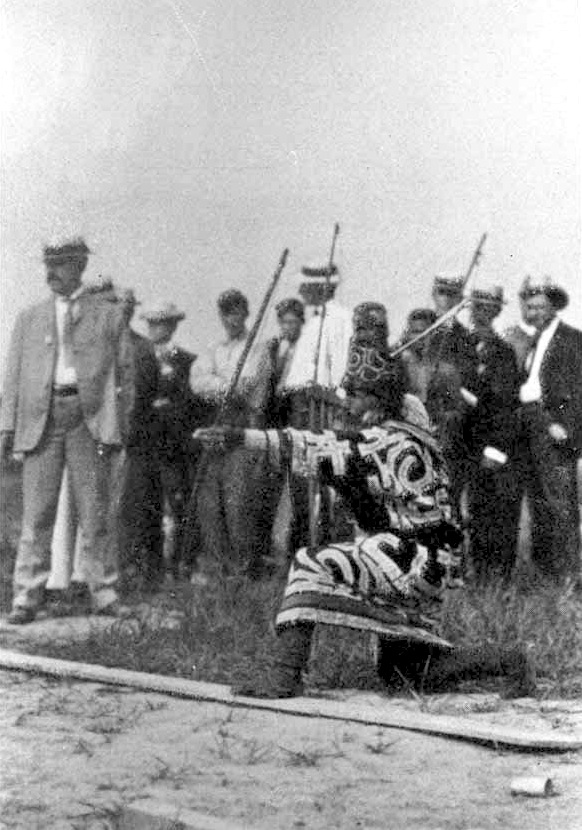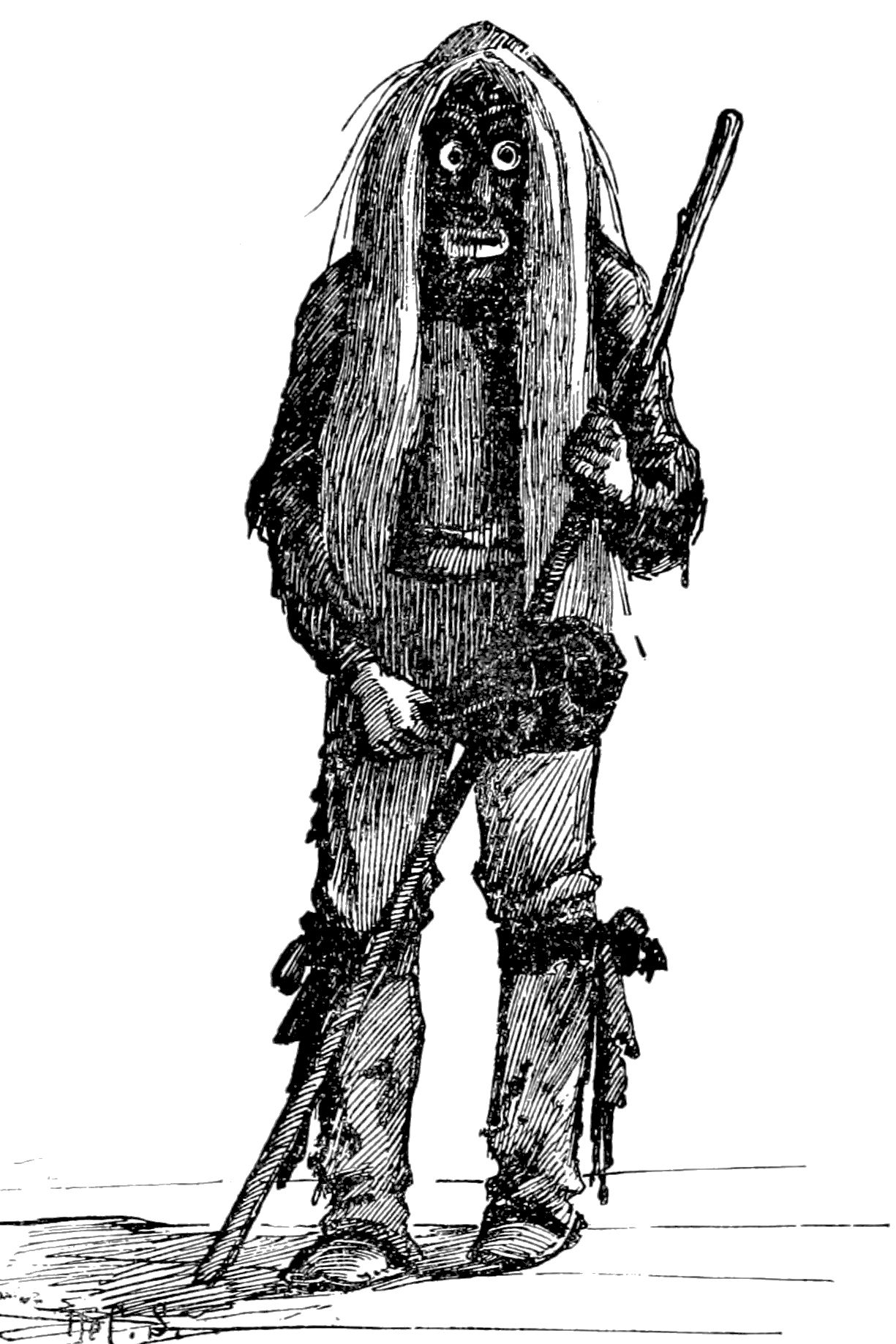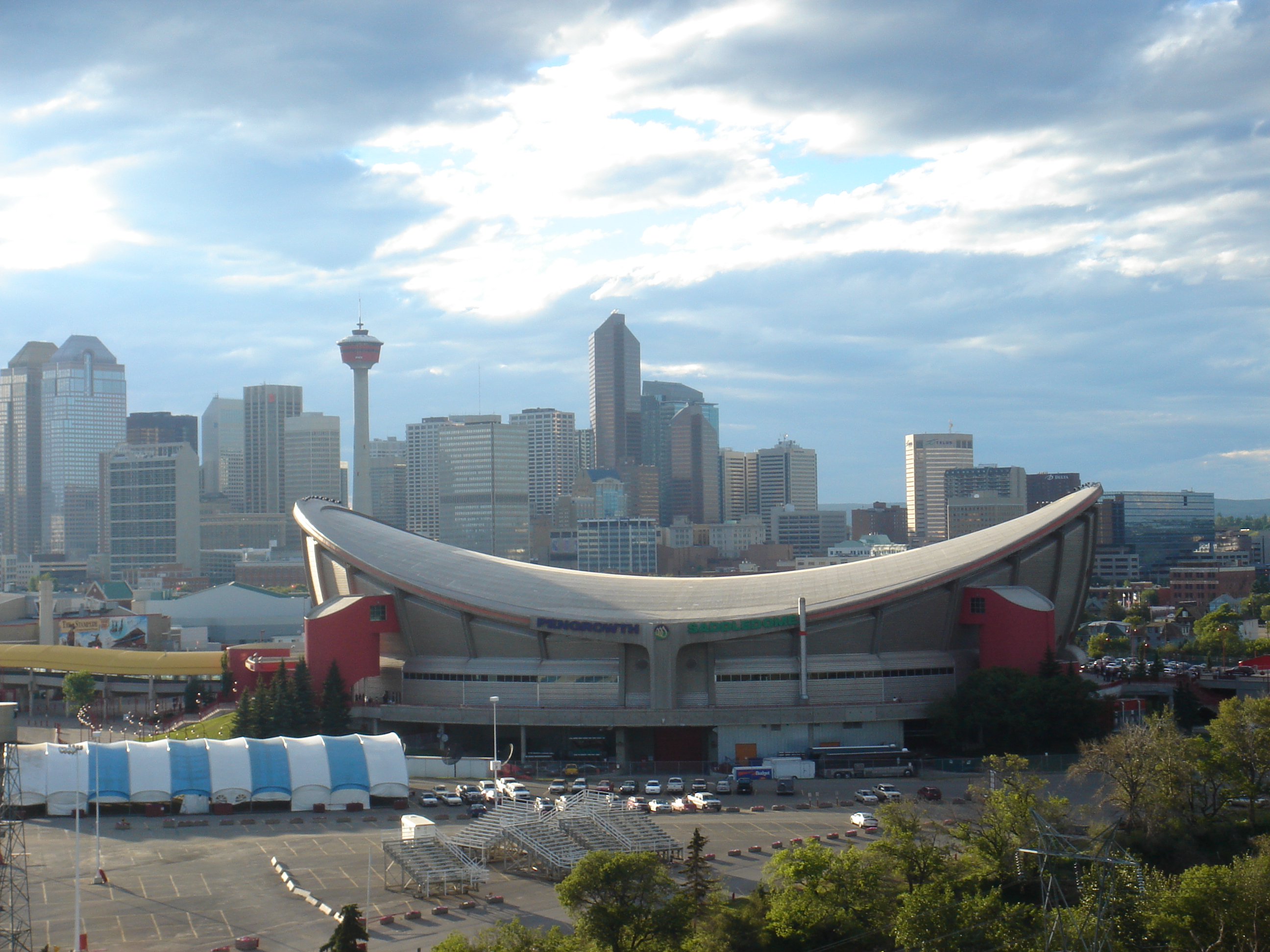|
Colonialism And The Olympic Games
The Olympic Games have been criticized as upholding (and in some cases increasing) the colonial policies and practices of some host nations and cities either in the name of the Olympics by associated parties or directly by official Olympic bodies, such as the International Olympic Committee, host organizing committees and official sponsors. The founder of the modern Olympic Games, French educator Charles Pierre de Frédy, Baron de Coubertin wrote that sport and colonialism were "natural companions", terming sport "a vigorous instrument of the disciplining" of colonized people, and viewed it as a calming force in the French colonial empire.Coubertin, Pierre de (1912). "Les sports et la Colonisation", ''Revue Olympique'' (January): 7–10, cited in Schantz 2008, p. 177. Critics have claimed that the Olympics have engaged in or caused: erroneous anthropological and colonial knowledge production; erasure; commodification and appropriation of indigenous ceremonies and symbolism; th ... [...More Info...] [...Related Items...] OR: [Wikipedia] [Google] [Baidu] |
Olympic Games
The modern Olympic Games or Olympics (french: link=no, Jeux olympiques) are the leading international sporting events featuring summer and winter sports competitions in which thousands of athletes from around the world participate in a variety of competitions. The Olympic Games are considered the world's foremost sports competition with more than 200 teams, representing sovereign states and territories, participating. The Olympic Games are normally held every four years, and since 1994, have alternated between the Summer and Winter Olympics every two years during the four-year period. Their creation was inspired by the ancient Olympic Games (), held in Olympia, Greece from the 8th century BC to the 4th century AD. Baron Pierre de Coubertin founded the International Olympic Committee (IOC) in 1894, leading to the first modern Games in Athens in 1896. The IOC is the governing body of the Olympic Movement (which encompasses all entities and individuals involved in the Olympic ... [...More Info...] [...Related Items...] OR: [Wikipedia] [Google] [Baidu] |
American Anthropological Association
The American Anthropological Association (AAA) is an organization of scholars and practitioners in the field of anthropology. With 10,000 members, the association, based in Arlington, Virginia, includes archaeologists, cultural anthropologists, biological (or physical) anthropologists, linguistic anthropologists, linguists, medical anthropologists and applied anthropologists in universities and colleges, research institutions, government agencies, museums, corporations and non-profits throughout the world. The AAA publishes more than 20 peer-reviewed scholarly journals, available in print and online through AnthroSource. The AAA was founded in 1902. History The first anthropological society in the US was the American Ethnological Society of New York, which was founded by Albert Gallatin and revived in 1899 by Franz Boas after a hiatus. 1879 saw the establishment of the Anthropological Society of Washington (which first published the journal ''American Anthropologist'', befo ... [...More Info...] [...Related Items...] OR: [Wikipedia] [Google] [Baidu] |
Petro-Canada
Petro-Canada is a retail and wholesale marketing brand subsidiary of Suncor Energy. Until 1991, it was a federal Crown corporation (a state-owned enterprise). In August 2009, Petro-Canada merged with Suncor Energy, with Suncor shareholders receiving approximately 60 percent ownership of the combined company and Petro-Canada shareholders receiving approximately 40 percent. The company retained the Suncor Energy name for the merged corporation and its upstream operations. It continues to use the Petro-Canada name nationwide. History Founding In 1973, world oil prices quadrupled due to the Arab oil embargo following the Yom Kippur War. The province of Alberta had substantial oil reserves, whose extraction had long been controlled by American corporations. The government of Prime Minister Pierre Trudeau and the opposition New Democratic Party felt that these corporations geared most of their production to the American market, and as a result little of the benefit of rising o ... [...More Info...] [...Related Items...] OR: [Wikipedia] [Google] [Baidu] |
False Face Mask
The False Face Society is a medicinal society in the Haudenosaunee, known especially for its wooden masks. Medicine societies are considered a vital part of the well-being of many Indigenous communities. The societies role within communities is to cure ailments through medical rituals, with the False Face Society having power over illness affecting teeth, ears, joints, illness causing inflammation, and nosebleeds. Membership to the society is acquired through being cured of an illness by the society, or experiencing a dream that one must become a member of the society. Members of the society were men, however the leader of the society was always a woman. In modern times, the masks have been a contentious subject among the Haudenosaunee. In 1995, the Haudenosaunee Grand Council issued a statement condemning the circulation and exhibition of masks used in medicinal rituals. They also called for the return of the masks from collectors and museums. Haudenosaunee traditionalists object ... [...More Info...] [...Related Items...] OR: [Wikipedia] [Google] [Baidu] |
Mohawk People
The Mohawk people ( moh, Kanienʼkehá꞉ka) are the most easterly section of the Haudenosaunee, or Iroquois Confederacy. They are an Iroquoian-speaking Indigenous people of North America, with communities in southeastern Canada and northern New York State, primarily around Lake Ontario and the St. Lawrence River. As one of the five original members of the Iroquois League, the Kanienʼkehá꞉ka are known as the Keepers of the Eastern Door – the traditional guardians of the Iroquois Confederation against invasions from the east. Historically, the Kanienʼkehá꞉ka people were originally based in the valley of the Mohawk River in present-day upstate New York, west of the Hudson River. Their territory ranged north to the St. Lawrence River, southern Quebec and eastern Ontario; south to greater New Jersey and into Pennsylvania; eastward to the Green Mountains of Vermont; and westward to the border with the Iroquoian Oneida Nation's traditional homeland territory. Kanienʼke ... [...More Info...] [...Related Items...] OR: [Wikipedia] [Google] [Baidu] |
Bernard Ominayak
Chief Bernard Ominayak was born in 1950 at Lubicon Lake and is the Chief of the Lubicon Lake Indian Nation, Alberta Alberta ( ) is one of the thirteen provinces and territories of Canada. It is part of Western Canada and is one of the three prairie provinces. Alberta is bordered by British Columbia to the west, Saskatchewan to the east, the Northwest Ter ..., Canada. References External links Chief Ominayak, "This Is Where We're From"* 1950 births Indigenous leaders in Alberta Living people Cree people {{Alberta-politician-stub ... [...More Info...] [...Related Items...] OR: [Wikipedia] [Google] [Baidu] |
Shell Oil Canada
Shell Canada Limited (french: Shell Canada Limitée) is the principal Canadian subsidiary of British energy major Shell plc and one of Canada's largest integrated oil companies. Exploration and production of oil, natural gas and sulphur is a major part of its business, as well as the marketing of gasoline and related products through the company's approximately 1,800 stations across Canada. After a global reorganization by the European parent, Shell's North American operations are controlled by Shell Energy North America, which is headquartered in Houston, Texas. Shell Energy North America's Canadian operational unit, Shell Canada, maintains a regional corporate office in Calgary, Alberta. Shell Canada also maintains a major office in Toronto, Ontario. History Shell Canada's shares were originally independently traded on the Toronto Stock Exchange. The company was 78% owned by Royal Dutch Shell which in 2006 launched an $8.7-billion takeover of the 22% of Shell Canada that it ... [...More Info...] [...Related Items...] OR: [Wikipedia] [Google] [Baidu] |
Glenbow Museum
The Glenbow Museum is an art and history regional museum in the city of Calgary, Alberta, Canada. The museum focuses on Western Canadian history and culture, including Indigenous perspectives. The Glenbow was established as a private non-profit foundation in 1955 by lawyer, businessman and philanthropist Eric Lafferty Harvie with materials from his personal collection. The museum moved to its current facility in downtown Calgary in 1976, and is funded by the governments of Calgary, Alberta and Canada, private donors, as well as an endowment provided by Harvie. In 2019, the Glenbow had a total of 148,668 visitors. The museum closed temporarily for renovations in 2021, and will re-open in 2024. Admission to the museum is free as of February 2022, due to a $25 million donation by the Shaw Family Foundation. $15 million of the donation will be placed in an endowment fund for admissions, and $10 million is earmarked for the new JR Shaw Institute for Canadian Art. History Ea ... [...More Info...] [...Related Items...] OR: [Wikipedia] [Google] [Baidu] |
Aboriginal Land Claims
Aboriginal title is a common law doctrine that the land rights of indigenous peoples to customary tenure persist after the assumption of sovereignty under settler colonialism. The requirements of proof for the recognition of aboriginal title, the content of aboriginal title, the methods of extinguishing aboriginal title, and the availability of compensation in the case of extinguishment vary significantly by jurisdiction. Nearly all jurisdictions are in agreement that aboriginal title is inalienable, and that it may be held either individually or collectively. Aboriginal title is also referred to as indigenous title, native title ( in Australia), original Indian title ( in the United States), and customary title (in New Zealand). Aboriginal title jurisprudence is related to indigenous rights, influencing and influenced by non-land issues, such as whether the government owes a fiduciary duty to indigenous peoples. While the judge-made doctrine arises from customary internation ... [...More Info...] [...Related Items...] OR: [Wikipedia] [Google] [Baidu] |
Lubicon Lake Indian Nation
The Muskotew Sakahikan Enowuk or Lubicon Lake Nation ( cr, ᒪᐢᑯᑏᐤ ᓵᑲᐦᐃᑲᐣ) is a Cree First Nation in northern Alberta, Canada. They are commonly referred to as the Lubicon Lake Nation, Lubicon Cree, or the Lubicon Lake Cree. This should not be confused with the Lubicon Lake Band #453, which is a separate entity created by the Government of Canada by Order in Council in 1973. Lands claim dispute The Nation has been embroiled with the Government of Canada regarding disputed land claims for decades. In 1899, a government party visited northern Alberta for the arranged large-scale surrender of the Lubicon lands.Darlene Arbeau Ferreira, "Oil and the Lubicons Don’t Mix: A Land Claim in Northern Alberta in Historical Perspective" in The Canadian Journal of Native Studies, vol. 12, no. 1, 1992, 2. However, many of the Lubicon people were never contacted and continued to live in their traditional ways, by hunting and gathering on the land. During the oil rush o ... [...More Info...] [...Related Items...] OR: [Wikipedia] [Google] [Baidu] |
1988 Winter Olympics
The 1988 Winter Olympics, officially known as the XV Olympic Winter Games (french: XVes Jeux olympiques d'hiver) and commonly known as Calgary 1988 ( bla, Mohkínsstsisi 1988; sto, Wîchîspa Oyade 1988 or ; cr, Otôskwanihk 1998/; srs, Guts’ists’i 1988; kut, ʔaknuqtapȼik’ 1988; den, Klincho-tinay-indihay 1988), was a multi-sport event held from February 13 to 28, 1988, in Calgary, Alberta, Canada. It was the first Winter Olympic Games to be held for 15 days, like the counterpart Summer Olympic Games. The majority of the contested events took place in Calgary itself. However, the skiing events were held west of the city at the Nakiska ski resort in Kananaskis Country and the Canmore Nordic Centre Provincial Park in the town of Canmore, Alberta, Canmore. In 1988, a record 57 National Olympic Committees (NOC) sent a total of 1,423 athletes to these Games. These Winter Olympics would be the last attended one for both the Soviet Union at the Olympics, Soviet Union and Eas ... [...More Info...] [...Related Items...] OR: [Wikipedia] [Google] [Baidu] |
Blackface
Blackface is a form of theatrical makeup used predominantly by non-Black people to portray a caricature of a Black person. In the United States, the practice became common during the 19th century and contributed to the spread of racial stereotypes such as the "happy-go-lucky darky on the plantation" or the " dandified coon". By the middle of the century, blackface minstrel shows had become a distinctive American artform, translating formal works such as opera into popular terms for a general audience. Early in the 20th century, blackface branched off from the minstrel show and became a form in its own right. In the United States, blackface declined in popularity beginning in the 1940s and into the civil rights movement of the 1950s and 1960s,Clark, Alexis.How the History of Blackface Is Rooted in Racism. ''History''. A&E Television Networks, LLC. 2019. and was generally considered highly offensive, disrespectful, and racist by the turn of the 21st century, though the practic ... [...More Info...] [...Related Items...] OR: [Wikipedia] [Google] [Baidu] |







